Milk kefir: a beginner’s guide to making kefir!
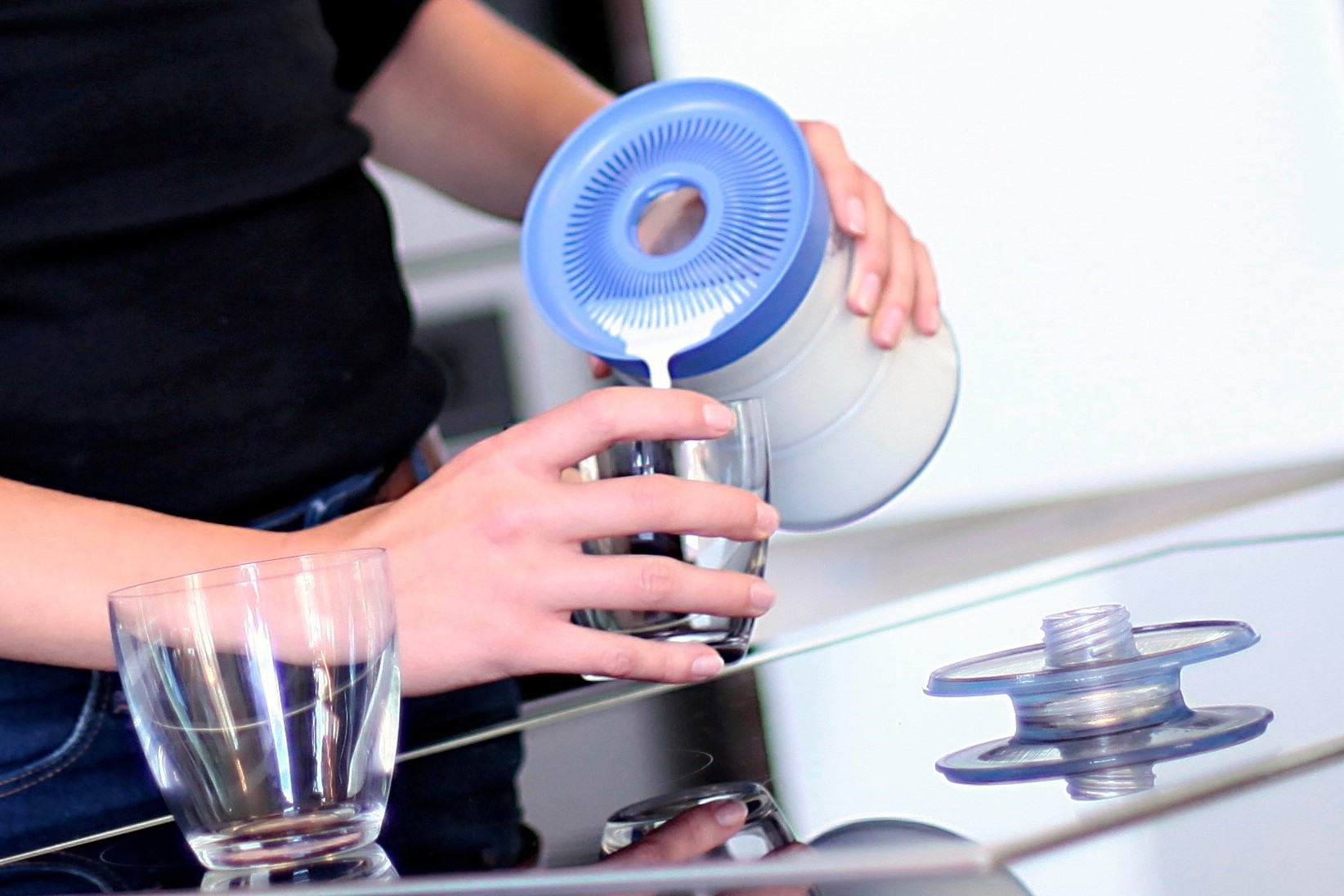
Ever heard of this drink similar to yogurt but with much more power in sense of live bacteria? It’s KEFIR! A traditional super food that you can easily make at home, save money and make it even more beneficial. How? Read on.

Milk kefir is a first step into the world of fermented foods for many people. Because it’s so similar to widespread yogurt, this seems like a logical step. Here we try to answer some common question you may have if you are just starting.
Do I need to invest in expensive equipment?
To make the milk kefir like it was traditionally made, you need some basic equipment. Jar with a lid and something to stir the kefir with that isn’t made of metal. During fermentation there is some gas created, which makes the kefir more bubbly. To make sure it can get out of the ferment and prevent bottle explosion, it’s good to enable airflow. Kefirko lids are made of two parts, so you can just open the top one and make this happen. By leaving it open just slightly you also prevent small insects to fly into the ferment.
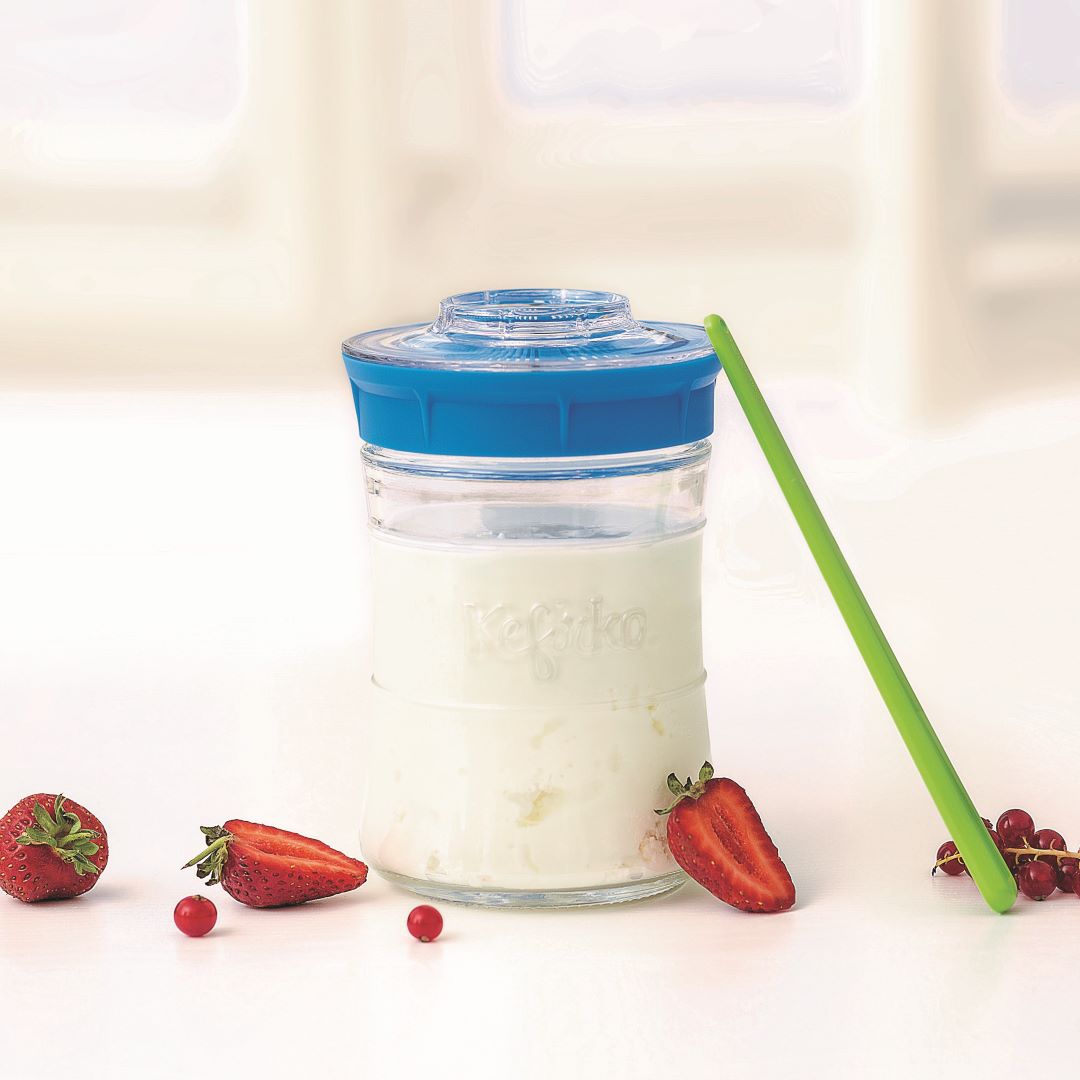
What ingredients do I need to start making kefir?
Besides the equipment, you will also need ingredients. Milk and live cultures are all you need to start making milk kefir. Choosing the right milk can be somewhat tricky. The milk that you like to drink, have in you coffee or with cereals may not be perfect for the fermentation. You can choose from non-organic, organic, homogenised or raw milks. For best results, we recommend using full fat milk, this will create just the right thick consistency of your kefir. We would recommend experimenting until you find the milk that gives your kefir just the right texture and taste.
What about vegan alternative?
It’s possible to culture plant-based milks. They may work the same as dairy products. But sometimes the grains that you cultivate in regular milks need more time to start working in the plant based ones. Sometimes it’s even recommended to put the grains back into the animal based milk to feed them every few batches.
What environment is perfect for fermentation?
Temperature is an important factor in fermentation. Optimal temperature is around 22 °C, which is usually room temperature. If you have very warm environment, try moving the jar somewhere where it’s a bit cooler, a cupboard for example. On the other hand, if the environment is too cool it may take longer for kefir to ferment and the grains will not grow as fast.
How much of my time will this take?
Once you get used to preparing kefir, this will become a routine to you. You can take few minutes in the morning or during the day to strain the kefir, change the milk and that’s it. But with kefir, it’s important to change the milk every day, so your grains stay active and produce delicious kefir.
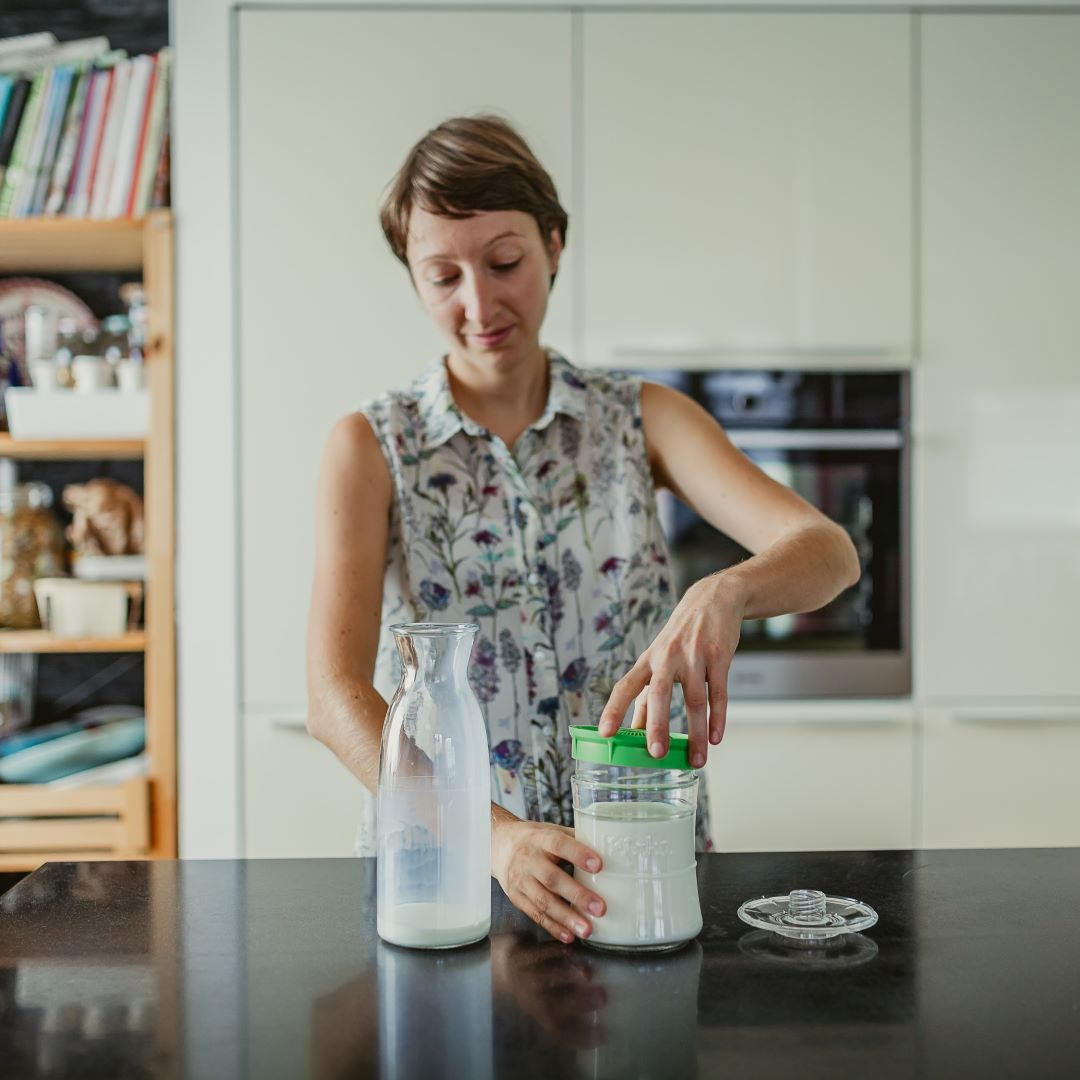
Can I take a break from making kefir?
Why would you want to do that? Well, you can stop the production for a short while and store the grains appropriately. You can read more about it here. It’s important that grains have enough food even when you are not using them and they slow down. But note, if you want all the benefits this fermented food offers, you need to be consistent and consume it daily.
Need more reasons to start making milk kefir at home? Browse other blog posts here or visit our learn center to get reassured. Don’t be afraid of DIY fermenting! It’s easy, cheaper and more satisfying to make your own healthy food!

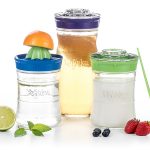



quelle quantitee consommer a partir de la preparation
There are many retail milk kefirs available but they do not contain the same bateria/yeast cultures. Is there any basic set of yeast and bacteria which make kefir, kefir? And are all grains the the same?